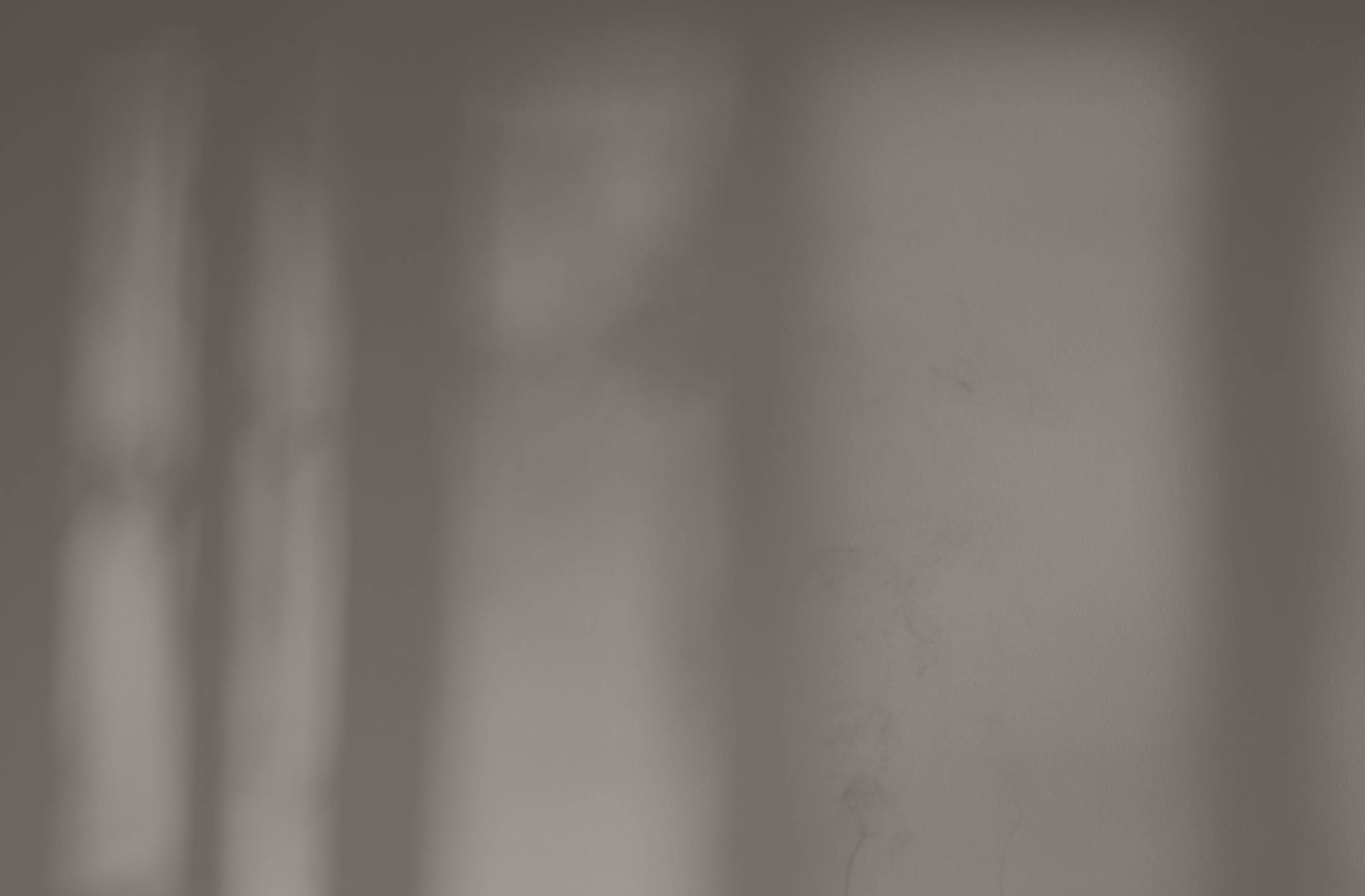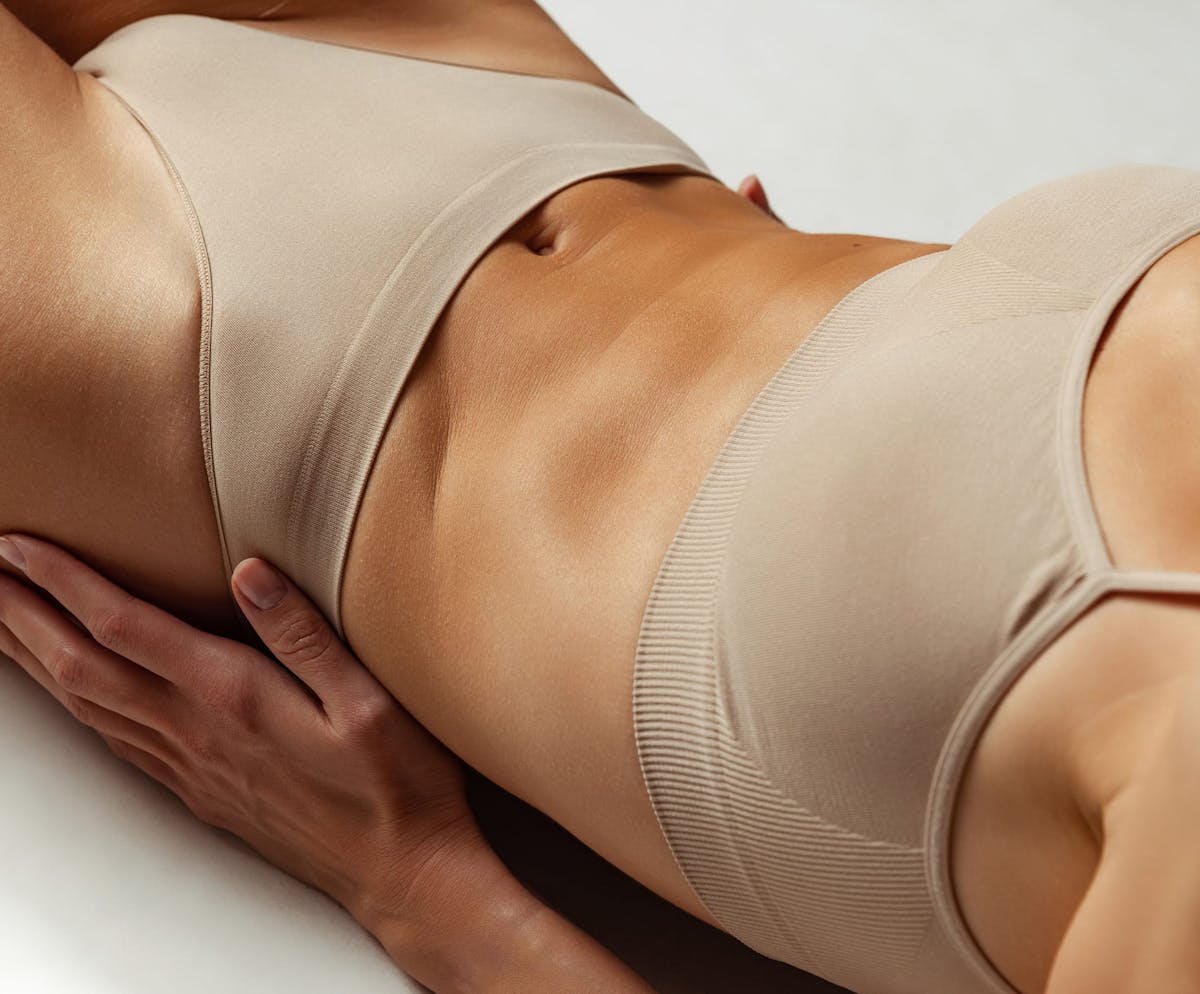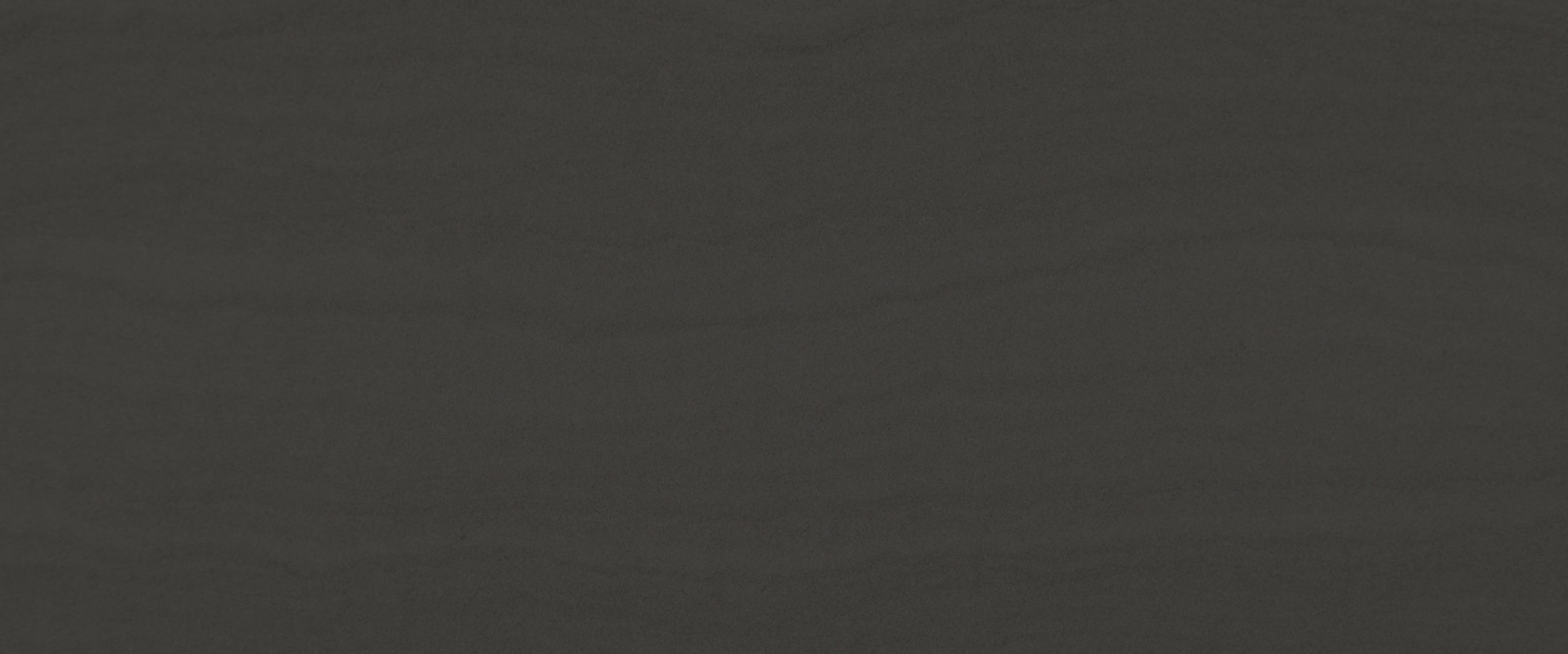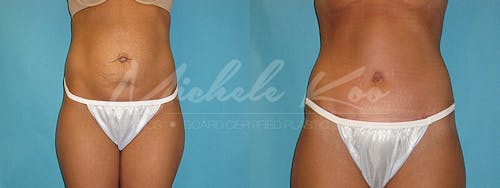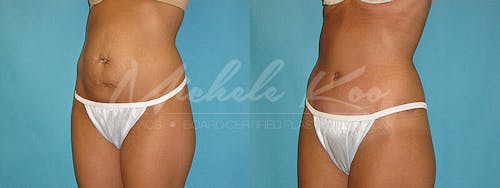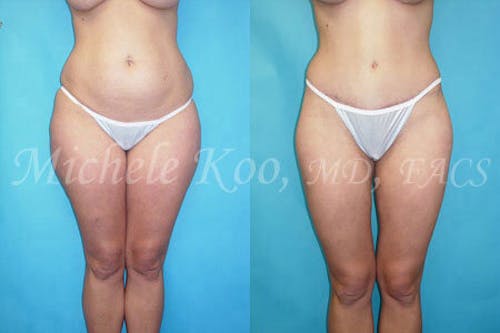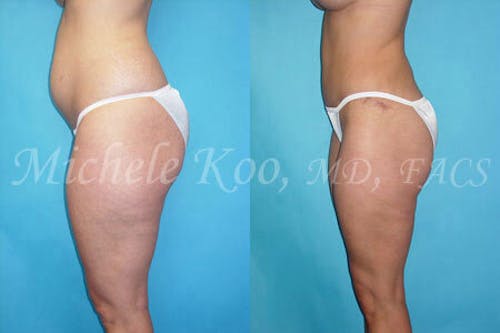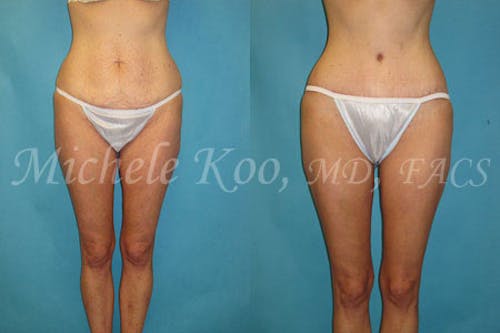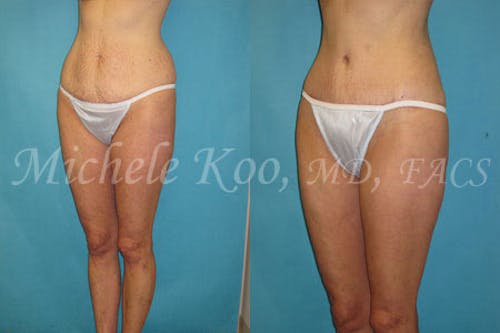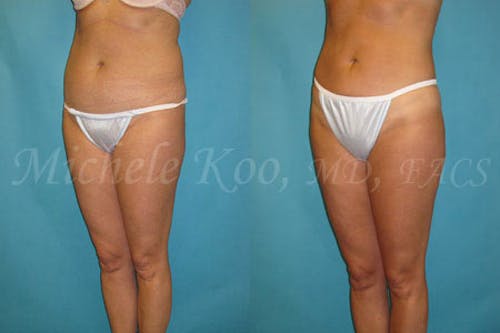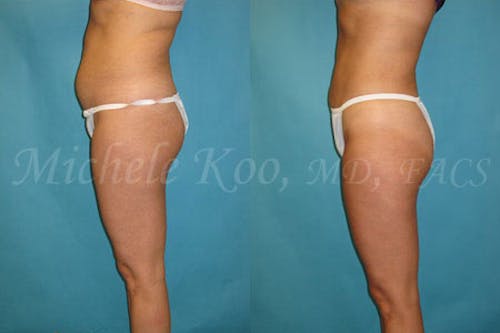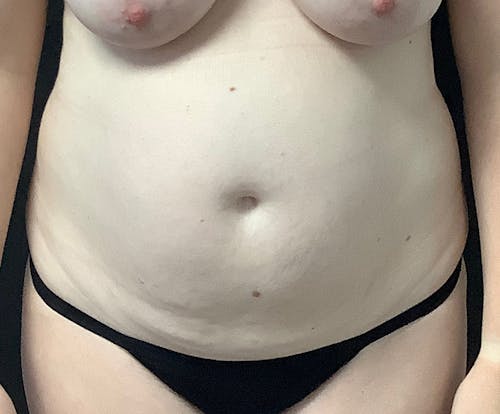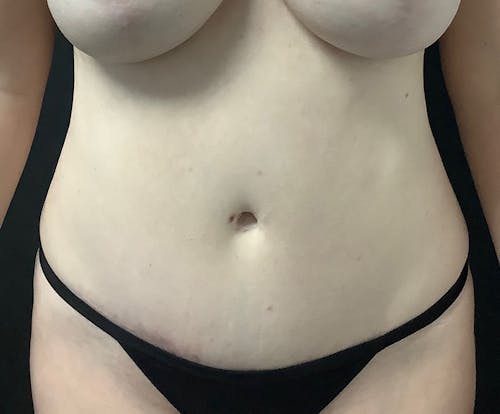In San Jose, tummy tuck surgery at Aesthetx is a popular plastic surgery procedure that can tighten skin, fat, and abdominal muscles of the midsection.
Mini Abdominoplasty
Some patients might have pockets of fat and loose skin that are localized to their lower abdomen below the belly button. These patients are the perfect candidates for a mini tummy tuck, a variation of the tummy tuck that uses a smaller incision and leaves the belly button untouched. The ideal candidate for the mini tummy tuck is in relatively good shape with a problem area situated below the belly button. Like a regular abdominoplasty, a mini-abdominoplasty can remove excess skin and fat. However, a mini-abdominoplasty only lifts skin and fat to the level of the belly button.



